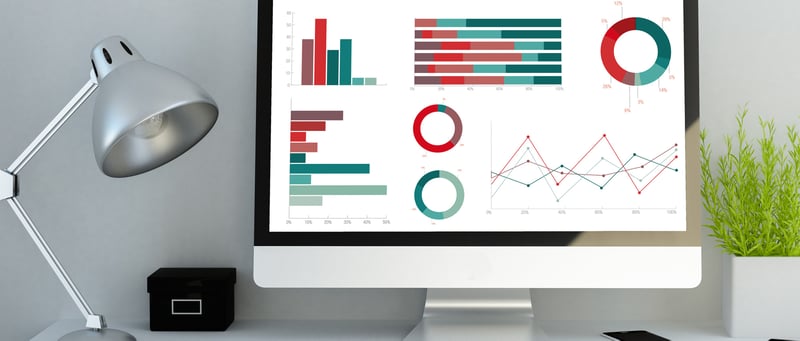
In an earlier post, we discussed the Do’s and Dont’s of developing B2B Buyer Personas. Any business should know the importance of having well-developed buyer personas: these are the who, what, where, when, why, and how of your marketing effort. As marketing guru Tony Zambito explained, this information is “who buyers are, what they are trying to accomplish, what goals drive their behavior, how they think, how they buy, and why they make buying decisions.”
A good marketing strategy is built on well-developed buyer personas, so here are some tactics and strategies for crafting effective B2B buyer personas.
What Were the Differences, Again?
As a refresher, it’s important to keep in mind that a B2B buyer persona is different from B2C in several ways. You do want to keep in mind that a business will have distinct pain points that relate to its industry. Your B2B buyer persona will take into account how big the industry is, where the business is positioned in the industry, and what your target persona’s position is in that industry.
You don’t want to treat B2B buyer personas exactly the same way as B2C ones. A consumer has needs, but they are unique ones, and they behave quite differently than businesses. This means that demographic information is less relevant with crafting a B2B persona, as are things like social proof—businesses are less likely to need testimonials, for example. So, what does a B2B buyer need to be convinced?
Develop a Buyer Persona By Asking
A 2012 study by the advertising research agency MarketingSherpa found that more than half of businesses doing B2B selling don’t have buyer personas. Given that businesses spend more than individuals, buyer personas are essential for B2B firms. A similar study found that businesses who had developed successful B2B buyer personas ranked “interviewing their customers” as the #1 most-successful technique for developing buyer personas.
Intuitively enough, it looks like the best way to get a knowledge of your customers is to ask, and this applies to businesses as well as individuals. The individuals in a purchasing position at a given company will understand their firm’s needs and pain points.
Once you’ve established a relationship with your customers, a low-pressure and unobtrusive way to get information for your B2B buyer persona is to share a Google Doc or Google spreadsheet with questions. This way, your B2B customer has a simple and free way to inform you about their buying habits.
Learn About the Industry’s Unique Pain Points
Businesses differ from individual customers in some key ways. A business, for instance, might have a committee in charge of purchasing decisions. You should have a good idea what buyers in the industry will be looking for, and surveying customers in your target industries will help you hone the persona.
One of the advantages of developing B2B buyer personas is that a given industry will generally have predictable needs for ROI and KPIs. Unlike with selling to an individual, you can expect a company to need a certain return on its investment, or want to hit certain key performance indicators. These should be relatively easy to anticipate once you’ve researched the industry and surveyed your customers.
It’s also important to consider who in the business you’re talking to. Initially, you’ll probably be marketing to strategists or lower-level employees, but the decision to buy will probably rest with an executive. To win them over, you’ll have to speak with authority and show that your product will deliver concrete results.
Use Your Analytics
Google Analytics can provide a lot of useful information, including whether a visitor to your site is using mobile or a desktop computer, their browser of choice, where they are visiting from, and more. Google Analytics can even tell you the visitor’s interests.
You can also purchase test traffic from Google AdWords. Best of all for B2B selling, Google AdWords allows you to group together keywords with similar themes. This means that when you’re developing B2B buyer personas, you can tailor your copy and monitor the performance of different keywords.
Once you have a buyer persona developed, and you’ve implemented a marketing strategy, you should keep an eye on your analytic results. This way, you can monitor your analytics as the strategy is underway and see how your marketing efforts are working in real-time. If something is working (say, if customers are responding to a hashtag or blog post), then you can push that part of the strategy and take advantage of your good work.
Conclusion
Buyer personas, whether for B2B or B2C, are the cornerstone of a successful marketing strategy. If you have any doubts about developing a successful B2B buyer persona, ask us how. When you’ve done so, you can monitor your marketing efforts in real-time and see the results from there.


